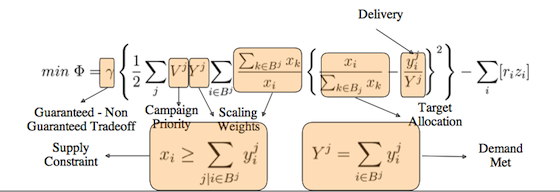For Immediate Release:Â Feb. 18, 2011
Child, Health and Consumer Advocates Ask FTC for Teen Privacy Protections, including Do-Not-Track and No Behavioral Targeting
Today a Coalition of Child, Health and Consumer Advocates filed comments on the Federal Trade Commission’s proposed privacy framework asking for increased privacy protections for adolescents.  The coalition includes leading advocates such as the Center for Digital Democracy, the American Academy of Child and Adolescent Psychiatry, American Academy of Pediatrics, Children Now, and the Consumer Federation of America.
Privacy protections are needed as teens are increasingly subjected to privacy invasions online. Teens are using new media technologies for key social interactions and to explore their identities. This increased use of digital media subjects them to wholesale data collection and profiling of even their most intimate interactions with friends, family, and schools. Meanwhile, recent research in psychology and neuroscience reveals that teens are more prone to risky behavior when their anxieties and peer relations are exploited. Privacy protections are needed to keep the online world social and safe.
Companies should not use data to behaviorally profile teens. The framework should also provide enhanced choice for adolescents, including a Do Not Track feature. In implementing “privacy by design,†companies should consider the needs and vulnerabilities of teens. They should address those vulnerabilities by, for example, minimizing the amount of data collected from teens. Data that is collected should be retained for only short periods and should be afforded greater security.
“Teens live online today,†said Guilherme Roschke, attorney for CDD. “This time of development and maturation requires privacy protections. Teens cannot go it alone against the vast data collection and profiling infrastructure of new media technologies that not even adults can understand.â€
“Because of their avid use of new media, adolescents are primary targets for digital marketing,†explained co-signer Kathryn C. Montgomery, Ph.D. “The unprecedented ability of digital technologies to track and profile individuals across the media landscape, and to engage in sophisticated forms of targeting, puts these young people at special risk of compromising their privacy.â€
The full coalition includes:
Center for Digital Democracy, American Academy of Child and Adolescent Psychiatry, American Academy of Pediatrics, Berkeley Media Studies Group, a project of the Public Health Institute, Children Now, Consumer Federation of America, Consumer Watchdog, David VB Britt, Retired CEO, Sesame Workshop, Ellen Wartella, Kathryn Montgomery, National Policy & Legal Analysis Network to Prevent Childhood Obesity, a project of Public Health Law & Policy, The Praxis Project, Privacy Rights Clearinghouse, Public Good, Public Health Institute, Tamara R. Piety, and World Privacy Forum
Guilherme Roschke
Staff Attorney / Fellow
Institute for Public Representation
First Amendment and Media Center
Georgetown University Law Center
T:(202) 662-9543
F:(202) 662-9634
gcr22@law.georgetown.edu
http://www.law.georgetown.edu/clinics/ipr/
**********
 That’s the formula Yahoo is using to please its largest advertisers, explains an article in
That’s the formula Yahoo is using to please its largest advertisers, explains an article in